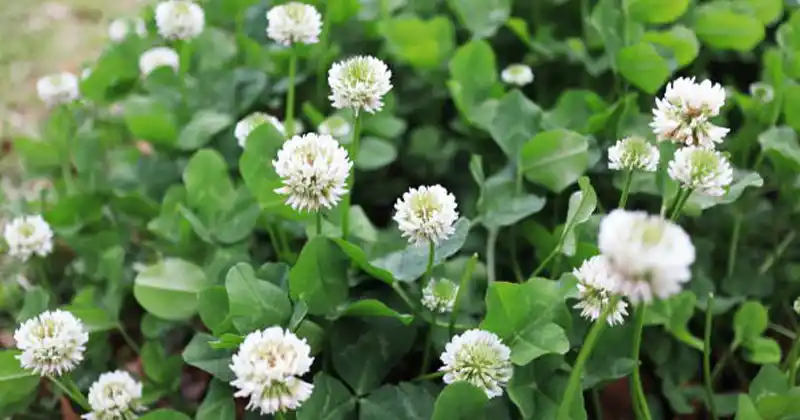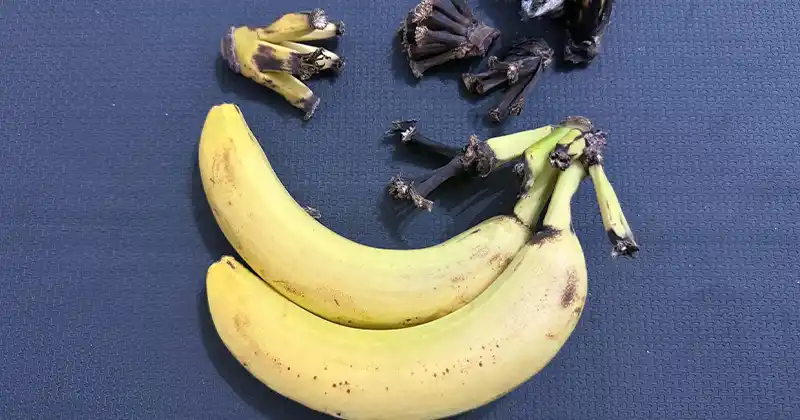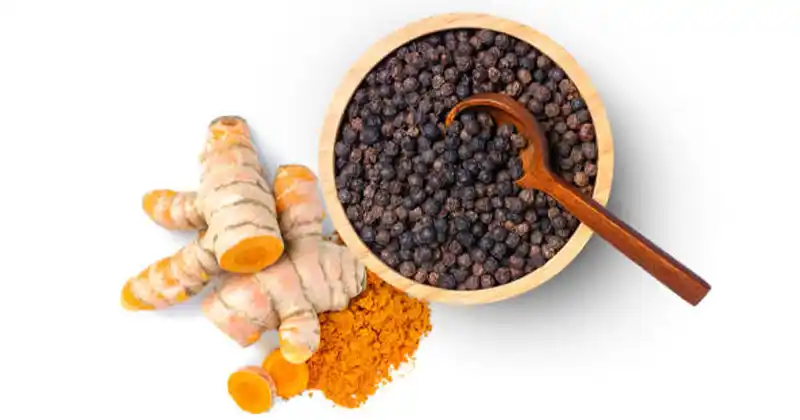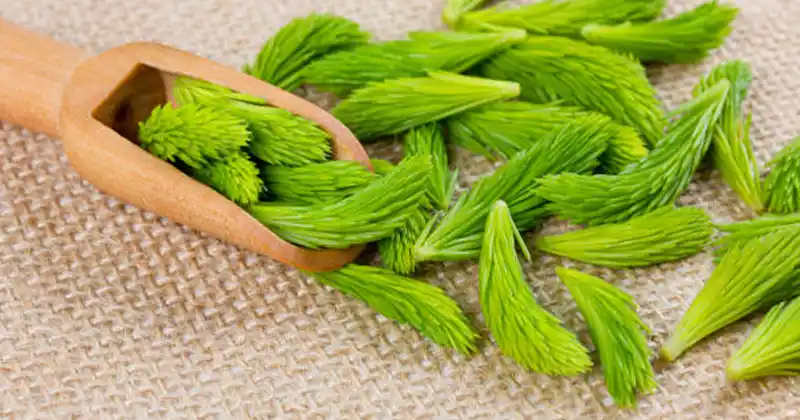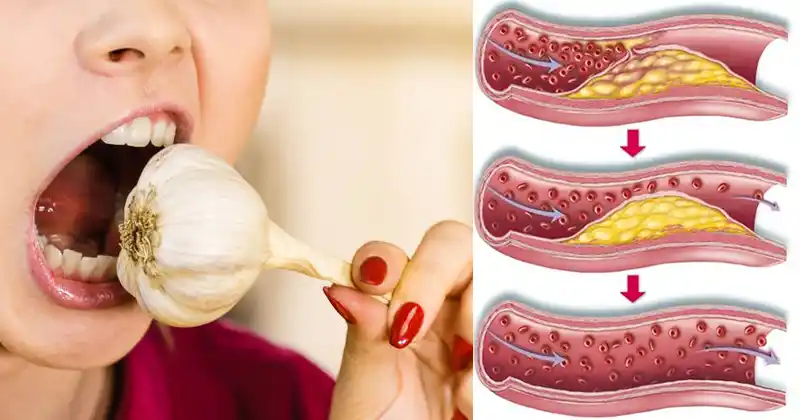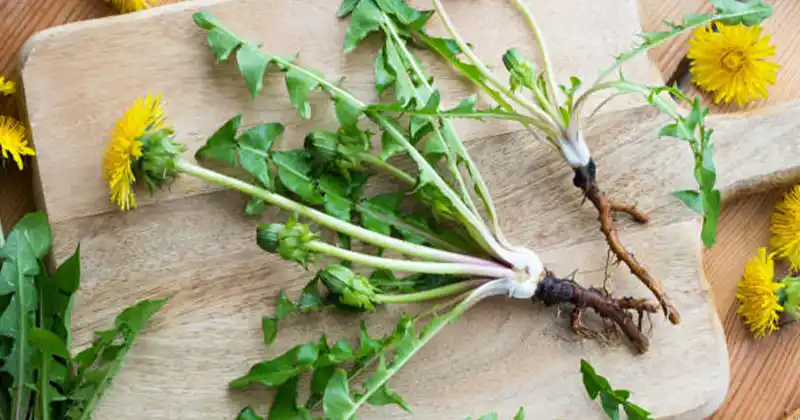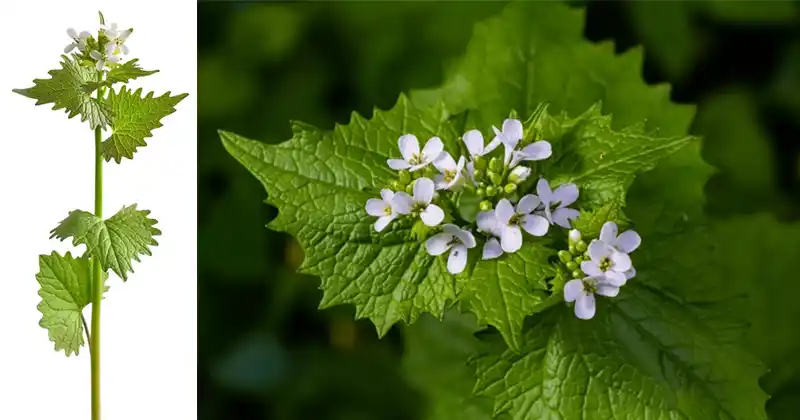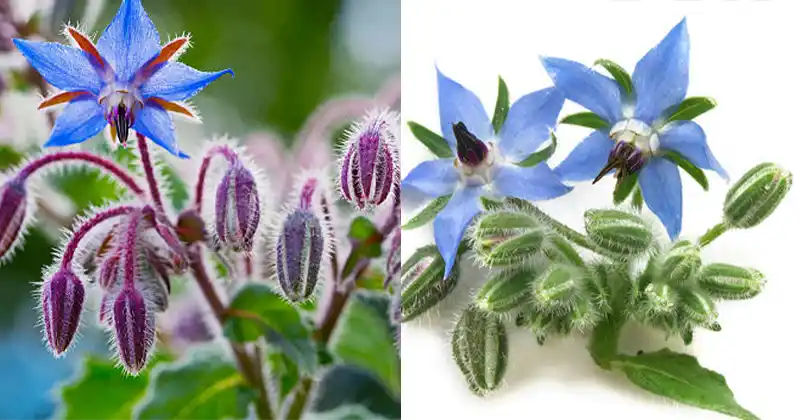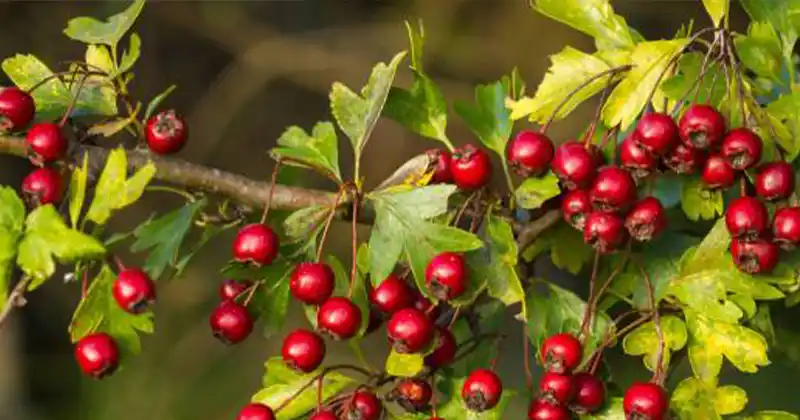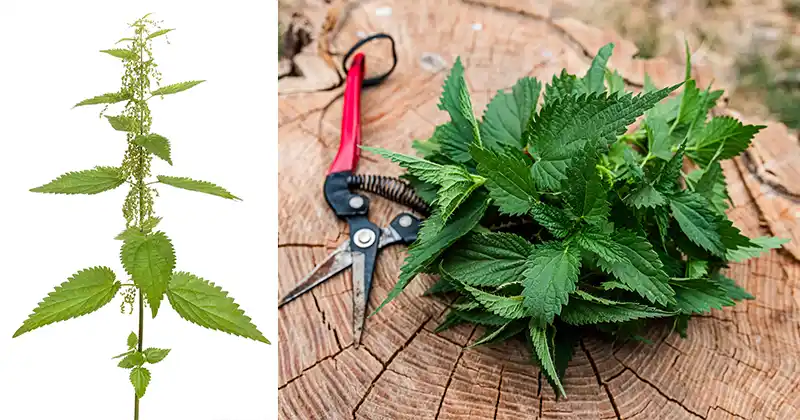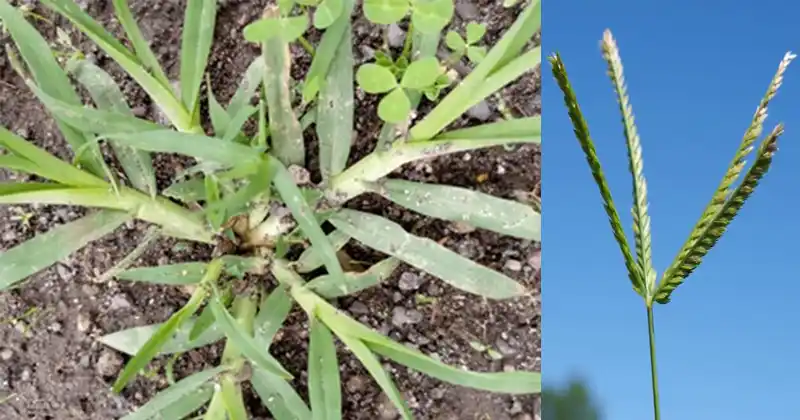11 Trees Suitable for Tapping for Syrup
Creating syrup from tree sap is a delightful and sustainable way to produce your own natural sweetener. Various tree species can be tapped for syrup, offering a range of unique flavors. Here’s a guide to tapping trees for syrup, including details about suitable trees and a step-by-step process for making syrup.

- Yellow Birch: Known for its high antioxidant levels, yellow birch syrup has a rich caramel flavor, though it offers a shorter sap season.
- Black Birch: Traditionally used for brewing beer, black birch can also be tapped for syrup.
- River Birch: Common in the Southeastern U.S., it yields syrup in small quantities.
- Gray Birch: More of a shrub, gray birch is suitable for syrup making but on a smaller scale.
- European White Birch: A good candidate for birch syrup, especially when sap is evaporated slowly.
- Rocky Mountain Maple: Found in Western-North-America, this tree is suitable for syrup, but sap runs depend on specific spring temperatures.
- Gorosoe: A Korean maple species, typically used for its healthful sap rather than syrup.
- Alder Trees: Found in the Pacific Northwest, alder trees are in the birch family and produce sap similar to birches.
- Black Walnut: Produces a unique, light syrup different from the taste of its nuts.
- Butternut and Buartnut: Butternut trees are rare due to disease, but buartnuts, a cross between butternuts and heartnuts, are resistant and can be tapped.
- Sycamore Trees: Their sap has a lower sugar content and a distinctive butterscotch flavor.
The Syrup Making Process
Supplies Needed
- Turkey fryer or outdoor propane gas cooker
- Propane tank
- Large pot
- Candy thermometer
- Felt syrup filters
- Jars for storage
Steps to Making Syrup
- Set Up: Place the turkey fryer outside on a flat, safe area.
- Prepare the Sap: Filter sap through cheesecloth to remove debris and pour it into the pot, filling it three-quarters full.
- Boil the Sap: Boil the sap, adjusting the heat to maintain a gentle boil. Regularly add more sap and skim off the foam.
- Monitor the Boil: As sap reduces and changes color, watch for changes in the bubbles, indicating it’s time to finish boiling indoors.
- Finish Indoors: Continue boiling on a stovetop, stirring frequently and monitoring the temperature with a candy thermometer.
- Determine Syrup Readiness: Syrup is ready when it reaches 7 degrees over the boiling point of water. Use the spoon test for accuracy.
- Filter and Can: Strain the hot syrup through felt filters, then pour it into jars while still hot.

Ideal Time for Tapping
The best time for tapping trees is early spring, with alternating freeze and thaw temperatures. Sap flows best when night temperatures are below freezing, and daytime temperatures are around 40 degrees Fahrenheit. Once trees start budding, the season ends.
This guide offers a comprehensive overview of tapping various trees for syrup and the process of making syrup. Enjoy the sustainable and rewarding experience of creating your own natural sweetener!
